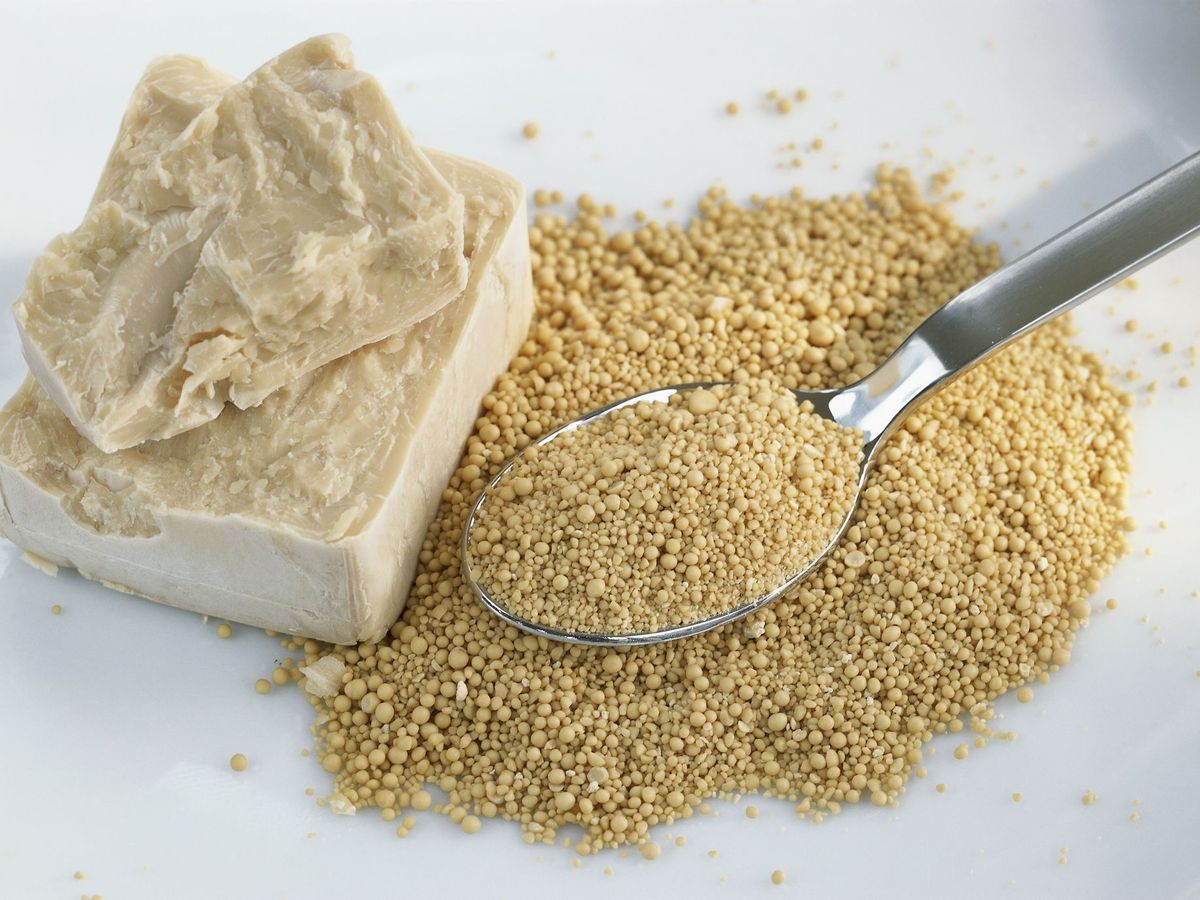The Difference Between Natural and Prescription Yeast Infection Treatments

There are many options for treating yeast infections, including over-the-counter creams and prescription medications. Thankfully, you don't have to resort to expensive prescriptions when natural remedies are just as effective. In this article, we'll cover both natural and prescription treatment options and discuss the difference between these options.
Home remedies
There are many different home remedies for yeast infections, and not all of them work. Some are simply ineffective, while others are harmful to the body. Fortunately, there are some safe and effective home remedies you can use to fight off a yeast infection. These natural treatments can be done at home without any expensive medications.
The first step is to determine whether you have a yeast infection. The symptoms of a yeast infection are usually mild and will clear up within a few days. However, if your symptoms persist for more than three days, you should see a health care provider. If your symptoms are chronic or may be related to an STI, you should also see a doctor. However, if the symptoms are mild, home remedies may be enough to get rid of your yeast infection.
Natural cures
Natural cures for yeast infection can include simple lifestyle changes, nutritional supplements and probiotic supplements. The right combination of all of these components can fight off the Candida fungus and cure your yeast infection effectively. To be most effective, you should take both oral and topical supplements, or a combination of both.
Natural cures for yeast infection are becoming increasingly popular as a safer, affordable alternative to prescription drugs. Many of the ingredients can be found in a modern kitchen.
Prescription medications
Yeast infection treatments can include over-the-counter remedies and prescription medications. Most of these medications are effective against mild to moderate cases, but more serious cases may require longer courses of treatment. Prescription medications usually come in the form of pills or creams. One of the most common prescription medications is fluconazole, which is taken once a day. It works by killing the fungus that causes yeast infections. However, some people may experience mild side effects after using fluconazole.
Antifungal medications are an option for people who have a vaginal yeast infection. These medications are designed to kill yeast and combat its overgrowth. Antifungal medications can be taken in the form of creams or suppositories, or applied directly to the affected area. They should be used as directed by the healthcare provider, and it is important to follow the directions to avoid recurrence.
Fluconazole
Fluconazole is a medication that kills the yeast that causes a yeast infection. It is available as a prescription and over-the-counter. It is effective against Candida albicans, Candida glabrata, and Candida parapsilosis. Despite its effectiveness, fluconazole can also cause gastrointestinal side effects. It may cause nausea, diarrhea, abdominal pain, and dizziness.
Fluconazole is taken in tablets or liquid form. It is usually taken once a day, with or without food, and can be taken for several weeks. The duration of treatment depends on the severity of the infection and the patient's response to the medication. To avoid unwanted side effects, it is crucial that fluconazole be taken exactly as directed by a physician. It is also important to avoid taking more than is prescribed.



